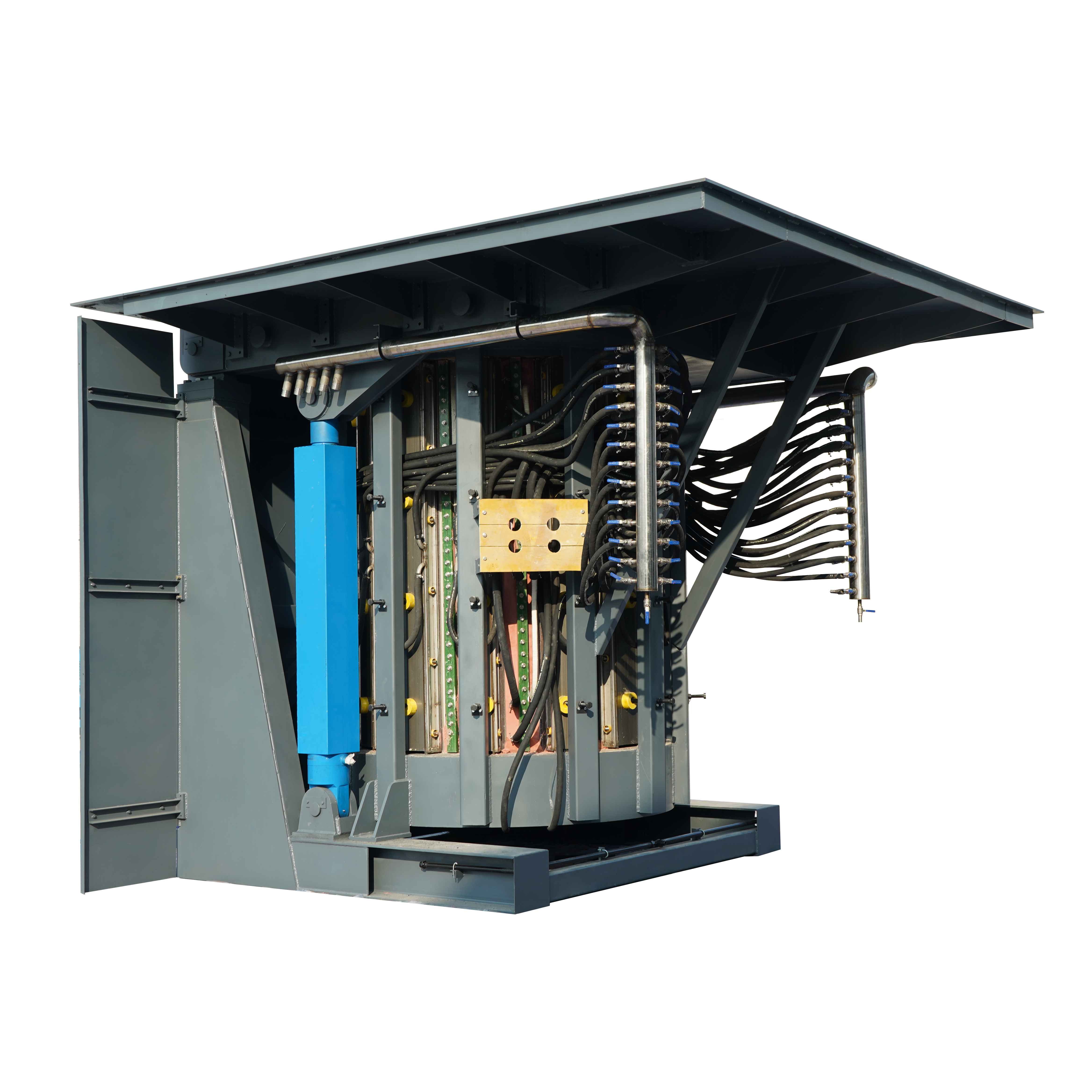Aluminum crucible melting furnace
In the global aluminum industry, achieving clean, efficient, and precise metal melting is critical for delivering high-quality castings and reducing material loss. The Aluminum Crucible Melting Furnace offers a compact, energy-efficient, and reliable solution for melting aluminum ingots, scrap, and recycled materials. Whether you’re running a small-scale foundry or a high-volume die casting plant, this furnace is a key component for streamlined aluminum production.

This article explains what an aluminum crucible melting furnace is, how it works, its key benefits, and why it’s the preferred choice for aluminum melting worldwide.
What Is an Aluminum Crucible Melting Furnace?
An aluminum crucible melting furnace is a thermal processing unit specifically designed to melt aluminum using a crucible—typically made of graphite, silicon carbide, or other refractory materials. The crucible holds the aluminum charge while heat is applied indirectly, often through induction, gas burners, or electric resistance coils.
This furnace is ideal for applications that demand high melt quality, consistent temperature control, and minimal contamination during the melting process.
How Does It Work?
The furnace heats the crucible from the outside, allowing the aluminum inside to melt gradually. Depending on the heating method, the furnace may use:
-
Electric resistance (for steady, quiet, and clean melting)
-
Induction heating (for fast and efficient energy transfer)
-
Gas-fired burners (common in large-scale, cost-sensitive operations)
Once the aluminum reaches the target temperature (typically 660°C – 750°C), it can be poured into molds, transferred to holding furnaces, or cast into products directly.
Applications of Aluminum Crucible Melting Furnaces
The aluminum crucible melting furnace is widely used in various industries and scenarios, including:
-
Aluminum Die Casting Plants – For melting alloy ingots before injection.
-
Aluminum Recycling Facilities – To remelt clean aluminum scrap into reusable form.
-
Art and Jewelry Casting Studios – For small-batch precision casting.
-
Laboratories and Material Research – For testing aluminum alloy behavior.
-
Automotive and Aerospace Components Manufacturing
It is suitable for melting both primary and secondary aluminum, as well as aluminum alloys such as A356, 6061, and 7075.
Key Features of Aluminum Crucible Melting Furnaces
-
High Melting Efficiency
Advanced thermal insulation and heating systems shorten melting time while saving energy. -
Clean Melt Environment
Enclosed chambers and precise control reduce oxidation and gas pickup in the aluminum. -
User-Friendly Operation
Equipped with digital temperature controllers, alarms, and tilting mechanisms for safe pouring. -
Flexible Capacities
Available in a range of sizes from 50kg to several tons to meet both small-scale and industrial-scale needs. -
Durable Crucible Options
Supports graphite, silicon carbide, or custom crucibles based on alloy type and temperature requirements.
Advantages of Using an Aluminum Crucible Melting Furnace
Excellent Metal Quality
Minimized exposure to oxygen ensures fewer inclusions, better flowability, and improved casting surface finish.
Energy Savings
Highly insulated furnace linings and efficient heating systems reduce power consumption compared to open melting methods.
Environmentally Friendly
Electric and induction models produce no emissions, aligning with modern environmental regulations.
Safe and Controlled Operation
Auto shut-off, overheat protection, and ergonomic design improve safety for operators.
Versatility and Adaptability
Easily integrated into existing production lines or used as a standalone melting unit.
How to Choose the Right Aluminum Crucible Melting Furnace
When selecting an aluminum crucible melting furnace, consider the following:
-
Melting Capacity – Daily throughput requirements determine the size and power needed.
-
Type of Heating Source – Induction and electric resistance offer clean melting; gas is ideal for cost efficiency.
-
Alloy Requirements – Certain aluminum alloys require tighter temperature control.
-
Automation Level – Manual, semi-automatic, or fully automated systems available.
-
Work Environment – Space constraints, ventilation, and safety infrastructure may affect configuration.
We provide full customization based on your facility layout, production goals, and alloy specifications.
Why Choose Our Aluminum Crucible Melting Furnaces?
We offer industry-leading aluminum crucible melting furnaces designed with modern manufacturing needs in mind:
-
Precision engineering for long-term durability and thermal efficiency
-
Energy-optimized electric and induction models for reduced operational costs
-
Digital control panels for accurate temperature regulation and safety monitoring
-
Quick-change crucible systems for minimal downtime
-
Global delivery and support trusted by clients across North America, Europe, the Middle East, and Southeast Asia
Each furnace is backed by expert technical support, installation assistance, and spare parts availability.
Conclusion
The aluminum crucible melting furnace is a crucial investment for any operation focused on aluminum melting, casting, or recycling. With its superior energy efficiency, process control, and melt purity, this furnace enhances productivity while reducing operational costs and material waste.
Whether you’re upgrading an old system or launching a new line, our advanced crucible furnaces deliver unmatched performance and value.

